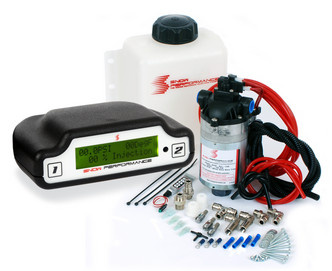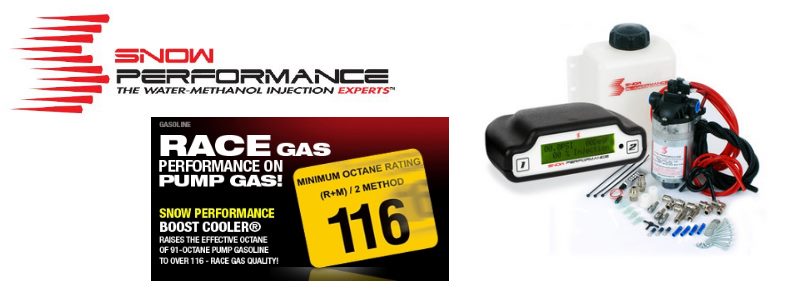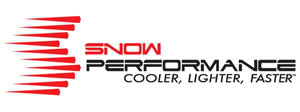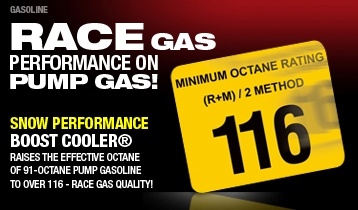
Composition of Fluid:
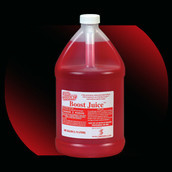
Many water injection systems use a mixture of water and alcohol (approximately 50/50), with trace amounts of water-soluble oil. The water provides the primary cooling effect due to its great density and high heat absorption properties. The alcohol is combustible, and also serves as an antifreeze for the water. The purpose of the oil is to prevent corrosion of water injection and fuel system components. Because the alcohol mixed into the injection solution is often methanol (CH3OH), the system is known as methanol-water injection, or MW50. In the United States, the system is commonly referred to as anti-detonant injection, or ADI.
Effects:
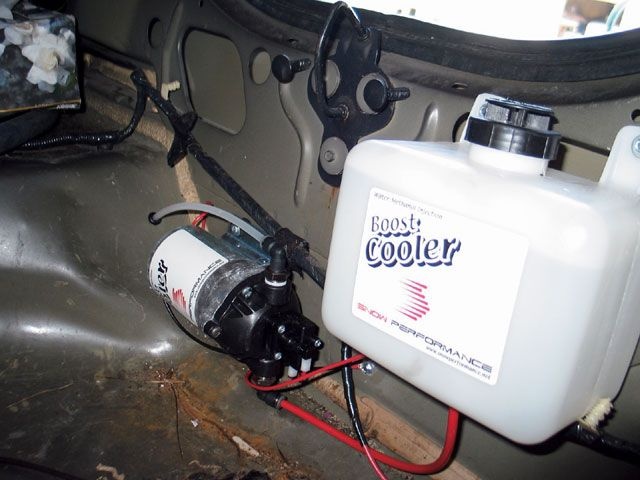
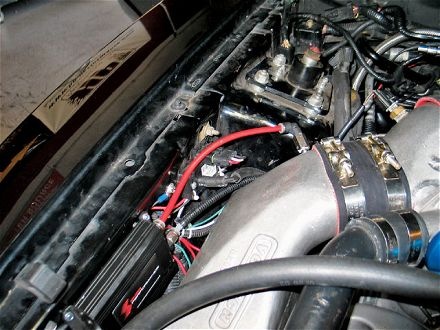
In a piston engine, the initial injection of water cools the fuel-air mixture significantly, which increases its density and hence the amount of mixture that enters the cylinder. An additional effect comes later during combustion when the water absorbs large amounts of heat as it vaporizes, reducing peak temperature and resultant NOx formation, and reducing the amount of heat energy absorbed into the cylinder walls. This also converts part of combustion energy from the form of heat to the form of pressure. As the water droplets vaporize by absorbing heat, it turns to high pressure steam (water vapor or steam mainly resulted from combustion chemical reaction), that would add engine output. The alcohol in the mixture burns, but is also much more resistant to detonation than gasoline. The net result is a higher octane charge that will support very high compression ratios or significant forced induction pressures before onset of detonation.
